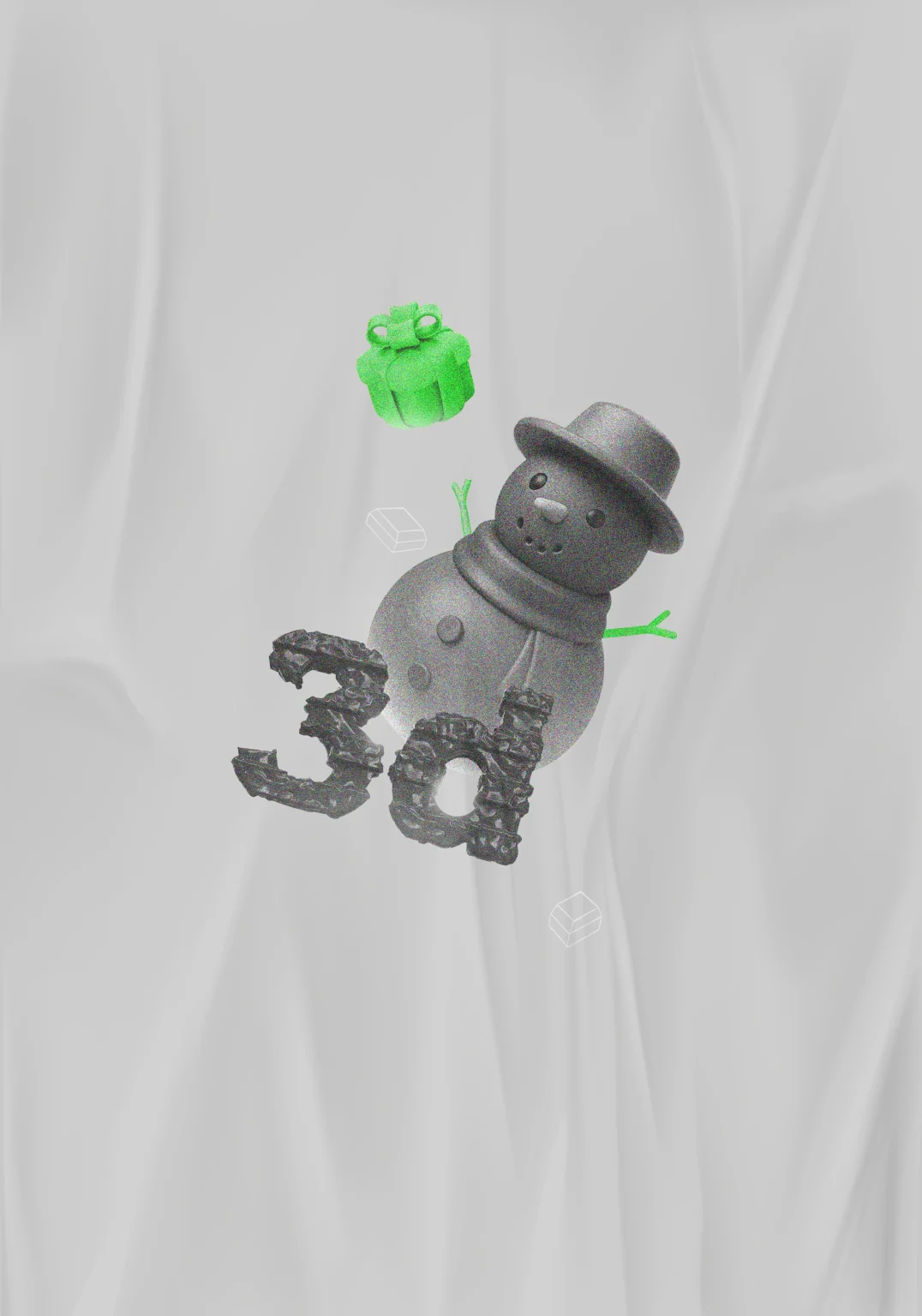In the dynamic business landscape, measuring customer loyalty is a crucial pillar for sustainable success. However, effectively measuring and analysing customer loyalty can be an intricate task. A recent study by Harvard Business Review claims that a mere 5% increase in customer retention rates can increase profits by 25% to 95%.
So, we’re here with a comprehensive guide that will help you understand key metrics and boost customer loyalty for your brand.
Key Metrics for Customer Loyalty
Financial Metrics
When it comes to measuring customer loyalty, financial metrics take the lead as it’s a vital parameter that helps indicate commitment and value. Now let’s dive deeper into categories that fall under financial metrics.
Customer Lifetime Value (CLV) –
CLV tells you how much a customer is worth during their time shopping with you. It helps you focus on high-value customers, guiding your marketing and retention plans.Repeat Purchase Rate (RPR) –
This shows how likely customers are to buy again, helping you find loyal customers for special offers and loyalty programs.Average Order Value (AOV) –
AOV shows how much customers spend on an average per order and helps to see if loyalty program members are buying more.Customer Acquisition Cost (CAC) –
It helps you see if getting new customers costs more than keeping the ones you already have.Revenue Churn Rate –
It measures the potential revenue lost because of customer churn. By analysing the reasons behind churn, you can pinpoint areas for improvement, allowing you to implement effective retention strategies.
Engagement Metrics
Engagement metrics are fundamental for understanding customer interactions. By assessing customer engagement on different channels and touchpoints, you can understand how connected customers feel to your brand emotionally.
Net Promoter Score (NPS) –
NPS measures how satisfied customers are and if they would willingly promote your brand.
Customer Satisfaction Score (CSAT) –
CSAT helps understand how happy customers are through specific touchpoints, helping find areas to improve.
Customer Engagement Score (CES) –
This helps in tracking overall customer engagement, pinpointing areas of active interaction and potential gaps.
Social Media Engagement –
It tracks how much people know and engage with your brand on social media.
Website Traffic and Engagement –
It helps you check how users behave on your website to find areas for improvement and optimise content.
Behavioural Metrics
Understanding brand loyalty relies heavily on behavioural metrics, as it offers insights into how customers interact with your products, services, and marketing. Let’s understand behavioural metrics in detail through these key aspects.
Purchase Frequency –
It reflects how often customers make purchases and their loyalty and likelihood to buy again.Customer Retention Rate (CRR) –
CRR shows how well you keep our current customers. It points out where you can do better.Product Return Rate –
The product return rate shows if customers are happy with the product’s quality and experience. High rates could mean there are quality issues.Active User Rate –
Active user rate shows how much people stay engaged with your platform or service. It helps find ways to keep users interested and involved.Referral Rate –
The referral rate shows how happy customers are and if they’re recommending your brand to others.
Additional Metrics
Apart from the usual financial, engagement, and behavioural metrics, some additional indicators give valuable insights into measuring customer loyalty. These are –
Customer Effort Score (CES) –
CES measures how customers feel about engaging with your brand. Low effort means things are easy for them, showing efficient processes and happy customers.First Contact Resolution Rate (FCR) –
It measures how well your customer service team quickly solves issues. A high FCR reduces customer frustration and boosts satisfaction.Number of Customer Complaints –
Keeping an eye on complaints helps spot areas where you can do better with your products, services, or customer support.
So, to accurately measure loyalty, a comprehensive approach incorporating financial, engagement, behavioural, and supplementary metrics is essential. This multidimensional analysis provides an in-depth understanding of factors influencing loyalty and reveals opportunities for improvement. Elevate your business by leveraging the true potential of customer loyalty measurement, get in touch with Freshbox Media for a detailed strategy.



